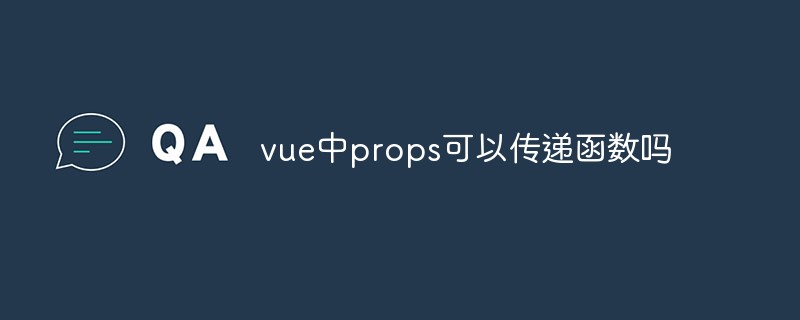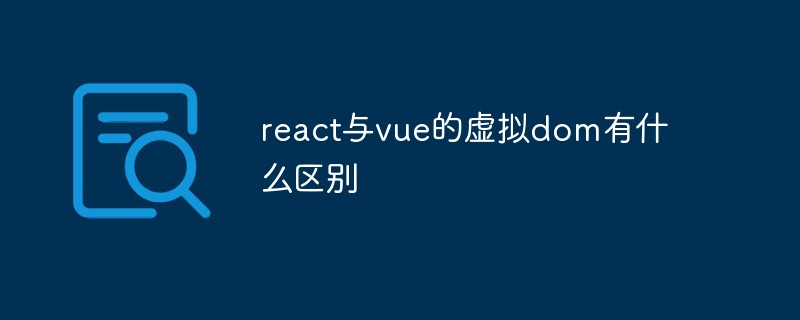
Solution to Vue error: Unable to use v-if instruction correctly
Vue is a popular JavaScript framework that simplifies the front-end development process. In Vue, we can use the v-if directive to render elements based on conditions. However, when we use the v-if instruction, we may sometimes encounter errors. This article will introduce some common causes and solutions.
1. Problem description:
In development, we often use the v-if instruction to show or hide elements based on conditions. However, when we use the v-if directive, we may sometimes encounter the following error message:
"Property or method "xxx" is not defined on the instance but referenced during render."
This error message means that Vue cannot find the specified variable or method during rendering. Let’s take a look at how to solve this error through several common problems.
2. Solution:
- Check whether the variable name is correct:
When using the v-if instruction, we need to specify a variable to determine the condition. So, first check if the variable name we used in v-if is correct. For example, if we define a variable in data as "isVisible", then "isVisible" should be used to judge the condition in v-if, not other names. When we use the wrong variable name in v-if, an error will be reported.
Sample code:
<template>
<div>
<p v-if="isVisible">我会显示</p>
</div>
</template>
<script>
export default {
data() {
return {
isVisible: true,
};
},
};
</script>In this example, when the isVisible variable is true, the p label will be displayed; when the isVisible variable is false, the p label will be hidden.
- Check whether the method name is correct:
In addition to using variables to determine conditions, we can also use methods to determine conditions. When using methods, you also need to ensure that the method name is correct. In Vue, methods can be defined through the methods object.
Sample code:
<template>
<div>
<p v-if="isShow()">我会显示</p>
</div>
</template>
<script>
export default {
data() {
return {};
},
methods: {
isShow() {
return true;
},
},
};
</script>In this example, the isShow method will return true, so the p tag will be displayed. If the isShow method returns false, the p tag will be hidden.
- Check whether the conditions are correct:
When using the v-if instruction, we also need to check whether the conditions are correct. The condition should be an expression that returns a boolean value. A common mistake is to use an expression that does not return a Boolean value, such as an assignment expression.
Sample code:
<template>
<div>
<p v-if="isVisible = true">我会显示</p>
</div>
</template>
<script>
export default {
data() {
return {
isVisible: false,
};
},
};
</script>In this example, we originally wanted to determine whether the isVisible variable is true, but due to the use of assignment expressions, the condition will always return true. Causes the p tag to always be displayed.
When using the v-if directive, you also need to pay attention to the following points:
- When the condition is false, Vue will directly remove the corresponding element instead of hiding the element. If you need to hide an element, you can use the v-show directive.
- When conditions change, Vue will automatically recalculate and update the DOM, so there is no need to manually call updates.
Summary:
When using the v-if directive in Vue, if we encounter a situation that cannot be used correctly, we can check and solve the problem according to the above method. First check that the variable or method name is correct, and secondly make sure the condition is an expression that returns a boolean value. By using the v-if directive correctly, you can have better control over the rendering and interaction of your page. Of course, in actual development, we can also control the display and hiding of elements in other ways, such as using calculated properties, instructions, etc.
The above is the detailed content of Solve Vue error: Unable to use v-if instruction correctly. For more information, please follow other related articles on the PHP Chinese website!
 vue中props可以传递函数吗Jun 16, 2022 am 10:39 AM
vue中props可以传递函数吗Jun 16, 2022 am 10:39 AMvue中props可以传递函数;vue中可以将字符串、数组、数字和对象作为props传递,props主要用于组件的传值,目的为了接收外面传过来的数据,语法为“export default {methods: {myFunction() {// ...}}};”。
 聊聊vue指令中的修饰符,常用事件修饰符总结May 09, 2022 am 11:07 AM
聊聊vue指令中的修饰符,常用事件修饰符总结May 09, 2022 am 11:07 AM本篇文章带大家聊聊vue指令中的修饰符,对比一下vue中的指令修饰符和dom事件中的event对象,介绍一下常用的事件修饰符,希望对大家有所帮助!
 如何覆盖组件库样式?React和Vue项目的解决方法浅析May 16, 2022 am 11:15 AM
如何覆盖组件库样式?React和Vue项目的解决方法浅析May 16, 2022 am 11:15 AM如何覆盖组件库样式?下面本篇文章给大家介绍一下React和Vue项目中优雅地覆盖组件库样式的方法,希望对大家有所帮助!
 react与vue的虚拟dom有什么区别Apr 22, 2022 am 11:11 AM
react与vue的虚拟dom有什么区别Apr 22, 2022 am 11:11 AMreact与vue的虚拟dom没有区别;react和vue的虚拟dom都是用js对象来模拟真实DOM,用虚拟DOM的diff来最小化更新真实DOM,可以减小不必要的性能损耗,按颗粒度分为不同的类型比较同层级dom节点,进行增、删、移的操作。


Hot AI Tools

Undresser.AI Undress
AI-powered app for creating realistic nude photos

AI Clothes Remover
Online AI tool for removing clothes from photos.

Undress AI Tool
Undress images for free

Clothoff.io
AI clothes remover

AI Hentai Generator
Generate AI Hentai for free.

Hot Article

Hot Tools

SublimeText3 Linux new version
SublimeText3 Linux latest version

WebStorm Mac version
Useful JavaScript development tools

Dreamweaver CS6
Visual web development tools

SAP NetWeaver Server Adapter for Eclipse
Integrate Eclipse with SAP NetWeaver application server.

SublimeText3 Chinese version
Chinese version, very easy to use










